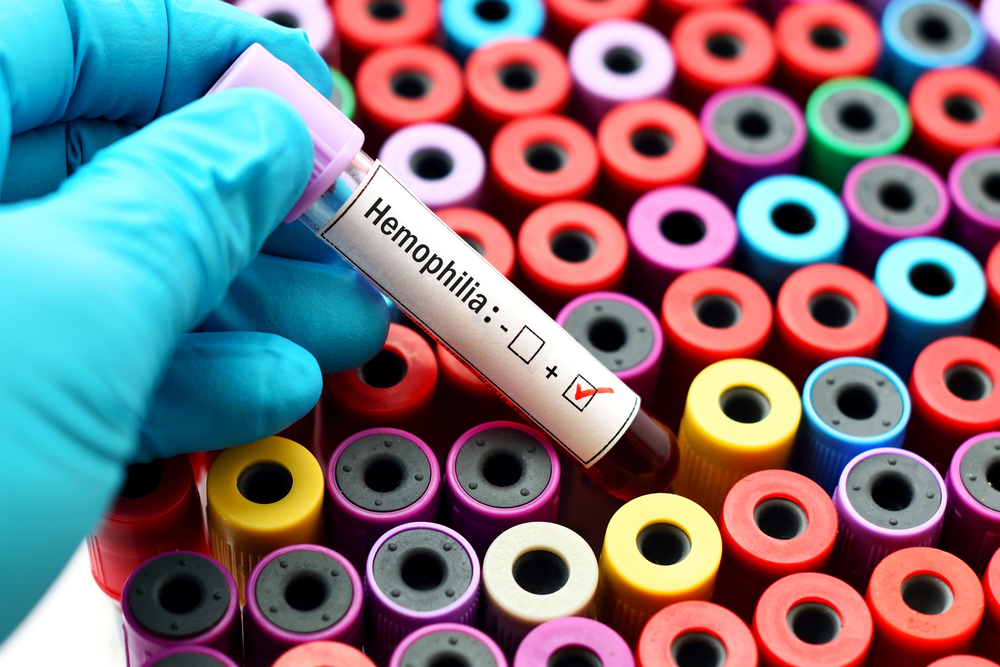The body is made up of essential organs—each has a vital function, but all work together to keep a person alive and well. The brain is the processor that makes sure every component is in sync while the heart makes sure all organs are supplied with life-giving blood.
Blood is called the fluid of life for a reason. It may not be an organ in the body, but it performs an important set of functions.
- Transport– The blood is responsible for transporting oxygen to the organs. Aside from regulating the gases in the body, it is also in charge of delivering nutrients from the food that one eats.
- Protection – Along with the immune system, blood also acts as one of the body’s defense mechanisms. The white blood cells (leukocytes) found inside it eliminate invading microorganisms and prevents cancer from growing and spreading.
- Regulation – Blood maintains the body’s pH levels by interacting with acids and bases. It also regulates the balance of water in the body by transporting it to and from tissues.
Having healthy blood enables a person to live a happy and comfortable life. But if the family has a history of blood-related diseases, one may want to take extra measures for safety. The chances of contracting a genetic blood disease such as hemophilia are a lot higher. Fortunately, the guide below will enumerate the things to know about one of the rarest genetic blood diseases.
What is hemophilia?
Hemophilia is an inherited disorder that impairs the blood’s ability to clot. It is caused by a mutation in the genes, and this change may result in the lack of essential proteins called clotting or coagulation factors. The result is excessive bleeding, making the recovery time from an injury or surgery longer.
Small cuts may still be manageable, but hemophilia’s greatest impact is the bleeding within the body. People with the condition experience chronic pain and swelling in their joints (ankles, knees, and elbows), require constant blood transfusions due to contamination and can have complications in other vital organs. This illness is rare, but a person diagnosed is at risk of life-threatening conditions.
The global incidence of hemophilia is still unknown, but medical experts suggest that there are approximately 400,000 individuals diagnosed with it. To win the fight against the disease, let’s take a closer look at the two most common types of hemophilia.
2 Types of Hemophilia
1. Hemophilia A (Classic Hemophilia)
Hemophilia A is the most common variant of the disease, and it is primarily caused by a deficiency in factor VIII, a blood-clotting protein. People with the disorder may experience bleeding within joints and muscles and require a longer time recovering from external cuts and trauma. The severity of a person’s condition may be classified into three different levels:
- Mild – People diagnosed with mild hemophilia A have about 6 to 49% of factor VII in their blood. They may experience prolonged bleeding in the event of trauma or a surgical procedure.
- Moderate – People diagnosed with moderate hemophilia A have about 1 to 5% of factor VII in their blood. They tend to have sudden bleeding episodes even after an injury has occurred
- Severe – People diagnosed with severe hemophilia A have <1% of factor VII in their blood. They can experience excessive bleeding after an injury and may have spontaneous bleeding episodes in their joints and muscles.
2. Hemophilia B (Christmas Disease)
Hemophilia B, also known as Christmas disease, is a genetic disorder caused by a deficiency in factor IX, a naturally-occurring protein that helps in blood clotting. It is named after Stephen Christmas, the first person who was diagnosed with the disease in 1952. Similar to hemophilia A, people with the disease experience bleeding within joints and muscles and require a longer recovery period from external cuts and trauma. The severity of one’s case is also classified into three different levels:
- Mild – People diagnosed with mild hemophilia B have about 6% to 49% of factor IX in their blood. They may experience prolonged bleeding after facing an injury or finishing surgery.
- Moderate – People diagnosed with moderate hemophilia B have about 1% to
- 5% of factor IX in their blood. They tend to have spontaneous bleeding episodes in the process of healing.
- Severe – People diagnosed with severe hemophilia B have <1% of factor IX in their blood. They may experience excessive bleeding after an injury and have spontaneous bleeding episodes in their joints and muscles.
When comparing the two types of hemophilia, it is evident that both have remarkably similar complications. The kind of hemophilia one acquires ultimately depends on which coagulation factor is affected, and taking note of the variant will determine the treatment required. When it comes to detecting symptoms, both types of the disease also share the same set of signs.
- Tightness or pain in joints
- Bruising of the muscle or blood build-up in certain areas of the body (hematoma)
- Excessive bleeding of the mouth and gums
- Excessive bleeding after vaccinations, surgery, or dental treatment
- Blood in urine or stool
- Regularly occurring nosebleeds
Treatment
Hemophilia is diagnosed through a series of coagulation factor tests. After a blood sample is collected, a health professional can measure and identify if there are any deficient clotting factors. If the analysis indicates that there is a lack of factor VIII in the bloodstream, the doctor will inject a specific clotting factor to increase its potency.
Fortunately, innovations in the field of medicine have paved the way for optimized treatment methods. Since it is a widely recognized disease, acquiring quality medical care is available. A person may consider taking tests regularly for detection.
Proper Diagnosis Is Key
Treatment for hemophilia may be available, but detection will always be essential. To help manage the complications related to the disease, it is prudent to always stay proactive in maintaining one’s health.
If you think you’re exhibiting some of the symptoms mentioned above, contact Makati Medical Center Hematology Department for diagnosis and treatment.











